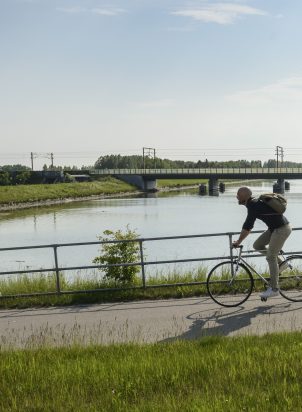Research that guides policies for a thriving, sustainable Nordic Region.
















Nordregio is a leading Nordic research institute dedicated to regional development and planning. We equip policymakers and practitioners with the knowledge, tools, and insights needed to tackle societal challenges.
WHATS GOING ON
Latest from Nordregio
Explore the latest updates, research findings, and activities at Nordregio. Learn about our ongoing efforts to foster sustainability in the Nordic, Arctic and Baltic regions.
3 December, 2025
EDYNORA recognised as good practice by the European Commission
18 November, 2025
What’s next for the global development agenda? – watch the webinar!
14 November, 2025
New tools for Nordic labour market insights: Dive into Nordic statistics
30 October, 2025
Unlocking the rural 5G business case: Techritory 2025
60
Current ongoing projects
Nordic statistics
Comparable data for regional planning, policy development, and research.

”We make complex information more accessible and engaging for a broader audience.”

Est. 1997
About Nordregio
480
Publications online
PUBLICATIONS
Dive into our latest research
Discover our most recent research and publications. Stay informed with the latest insights and findings on sustainable regional development in the Nordics.
UPCOMING EVENTS
Meet and
interact
Don’t miss our upcoming events! Network with professionals, share ideas, and participate in activities focused on regional development and sustainability.

27 January 2026
When people move, policies should too

3 December 2025 – 4 December 2025
Nordregio Forum 2025: Navigating crises
Life at Nordregio
Do you want to contribute to Nordic added value?


















